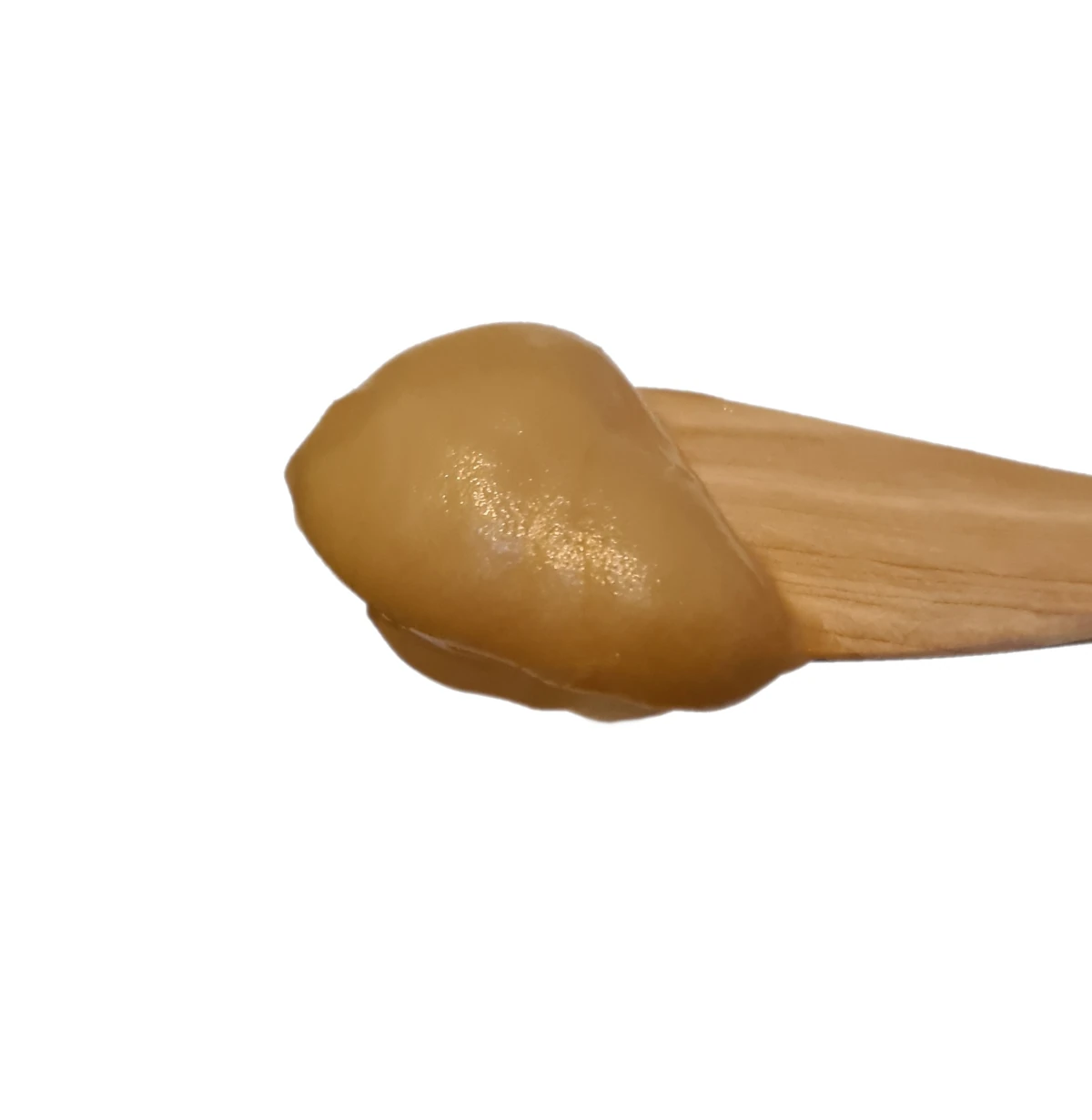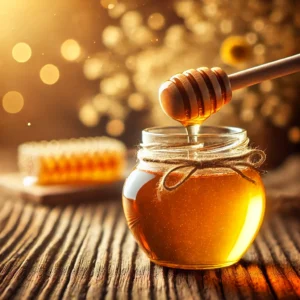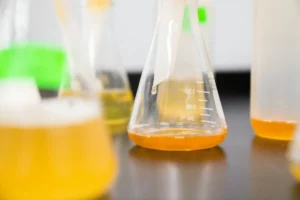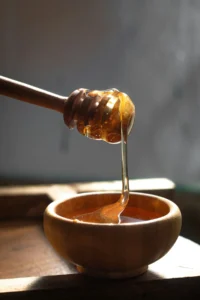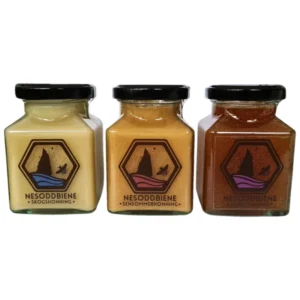If you’ve ever shopped for honey, you may have come across terms like "creamed honey" and "soft set honey". But what do these actually mean? Are they the same, or is there a difference?
In Norway, almost all honey is creamed—it’s the standard way of producing and storing honey. But in other parts of the world, consumers are more familiar with soft set or liquid honey.
In this article, we’ll break down:
✅ What creamed honey is and why it’s preferred in Norway
✅ How it differs from soft set honey
✅ Why creamed honey is a sign of high-quality, raw honey
What is Creamed Honey?
Creamed honey is honey that has been intentionally crystallized to create a smooth, spreadable texture. This is done by gently stirring the honey over time to control the size of the sugar crystals, preventing large, gritty crystals from forming.
Unlike liquid honey, which can crystallize unpredictably, creamed honey stays stable over time. It won’t harden into a coarse, grainy texture, making it ideal for spreading on toast, stirring into tea, or drizzling over yogurt.
Key Benefits of Creamed Honey:
✔ 100% raw and pure – No heat or additives, just naturally structured honey.
✔ Always smooth and spreadable – No more gritty or hard crystals.
✔ Long shelf life – Stays creamy and consistent without further crystallization.
👉 Looking for creamy, raw Norwegian honey? Try our Late Summer Honey, naturally smooth and delicious!
Is Soft Set Honey the Same as Creamed Honey?
No—although they are often confused! Soft set honey is not exactly the same as creamed honey.
Soft set honey is made by mixing liquid honey with 10–20% creamed honey. This process introduces fine sugar crystals into the liquid honey, helping to control crystallization and prevent the formation of large, gritty sugar crystals over time.
After mixing the honey is jarred and left to crystallize.
In most cases, soft set honey will develop a texture similar to creamed honey, but since the process isn’t fully controlled, the final result can vary.
Since soft set honey relies on a natural crystallization process, it can sometimes turn slightly grainy or uneven over time—unlike creamed honey, which has been carefully controlled to ensure a permanently smooth and creamy texture.
Why does Norway prefer creamed honey?
Norwegian beekeepers take pride in producing stable, high-quality honey that lasts. That’s why creamed honey is the gold standard—it ensures the best taste, texture, and storage stability.
Is Creamed Honey Still Raw and Pure?
Yes! One common misconception is that creamed honey is processed—but that’s not true.
🔹 Creamed Honey is 100% Raw & Unheated
✔ It has never been heated or pasteurized.
✔ It contains all natural enzymes, vitamins, and antioxidants.
✔ It’s just regular raw honey with a carefully controlled texture!
By comparison, many supermarket honeys are pasteurized (heated to high temperatures) to prevent crystallization. Unfortunately, this destroys natural enzymes and nutrients.
At Norwegian Beekeeper, we believe in keeping honey as nature intended—raw, unfiltered, and unheated. That’s why all our honey is pure, straight from the hive.
How to Store Creamed Honey
One of the great benefits of creamed honey is its long shelf life and stable texture. Unlike liquid honey, which can crystallize unpredictably, creamed honey stays smooth and spreadable when stored correctly.
To keep your creamed honey fresh and delicious, follow these simple storage tips:
✔ Keep it at room temperature – The ideal storage temperature is 10–20°C (50–68°F). Too much heat can cause the honey to liquefy, while colder temperatures may make it too firm.
✔ Store it in a dark place – A cupboard or pantry is perfect. Avoid direct sunlight, as UV rays can degrade the honey’s natural enzymes over time.
✔ Use an airtight container – Honey absorbs moisture from the air, which can lead to fermentation over long periods. Use the jar the honey came with and always keep the lid tightly sealed.
🍯 Ready to experience authentic Norwegian honey?
👉 Check out our honey collection today!

